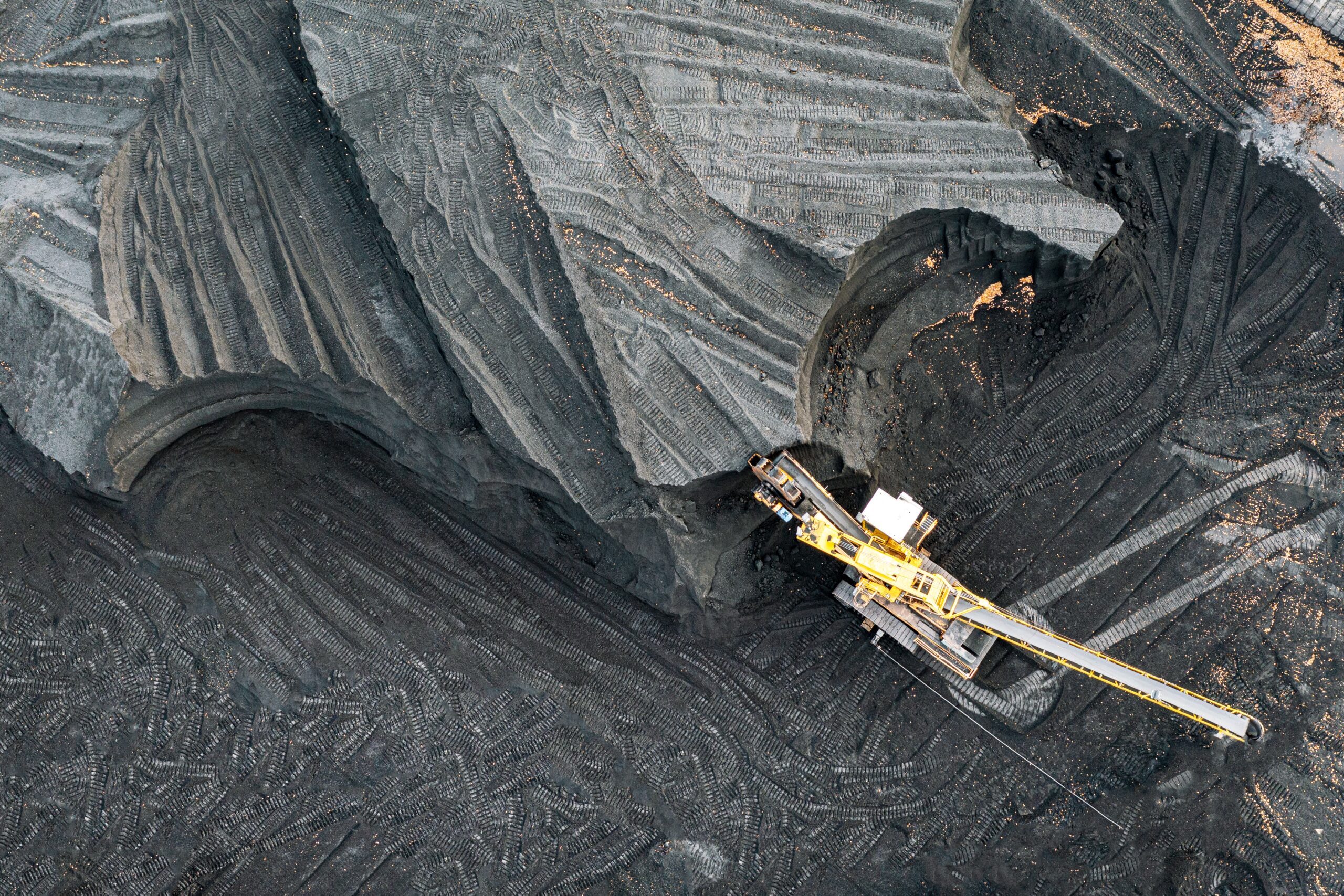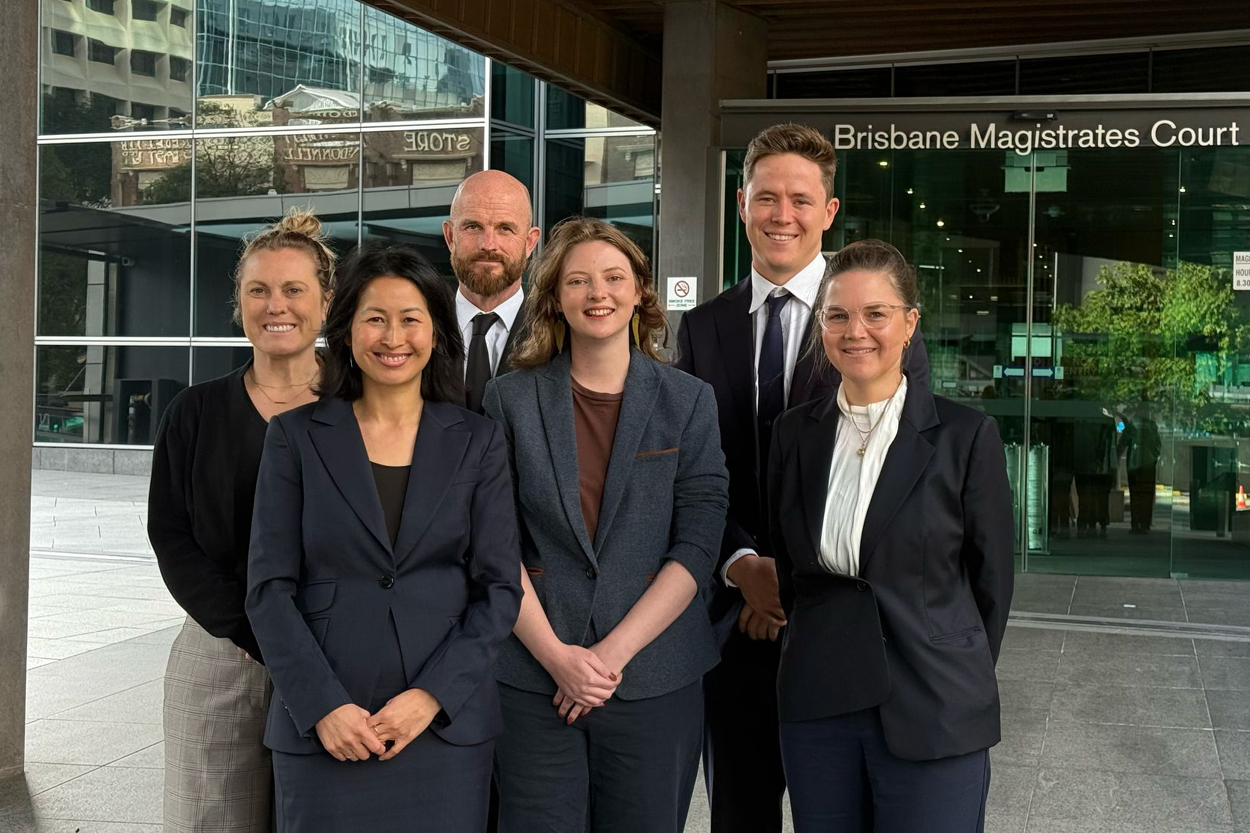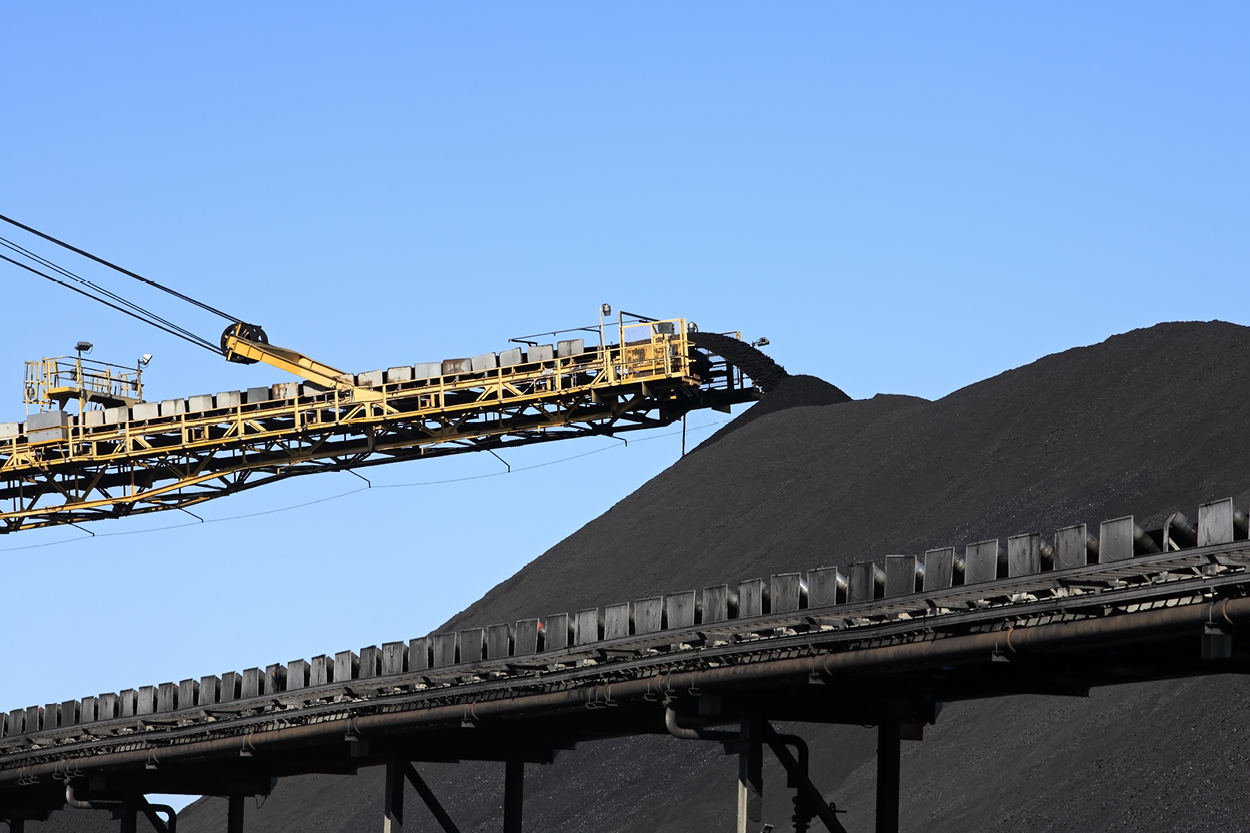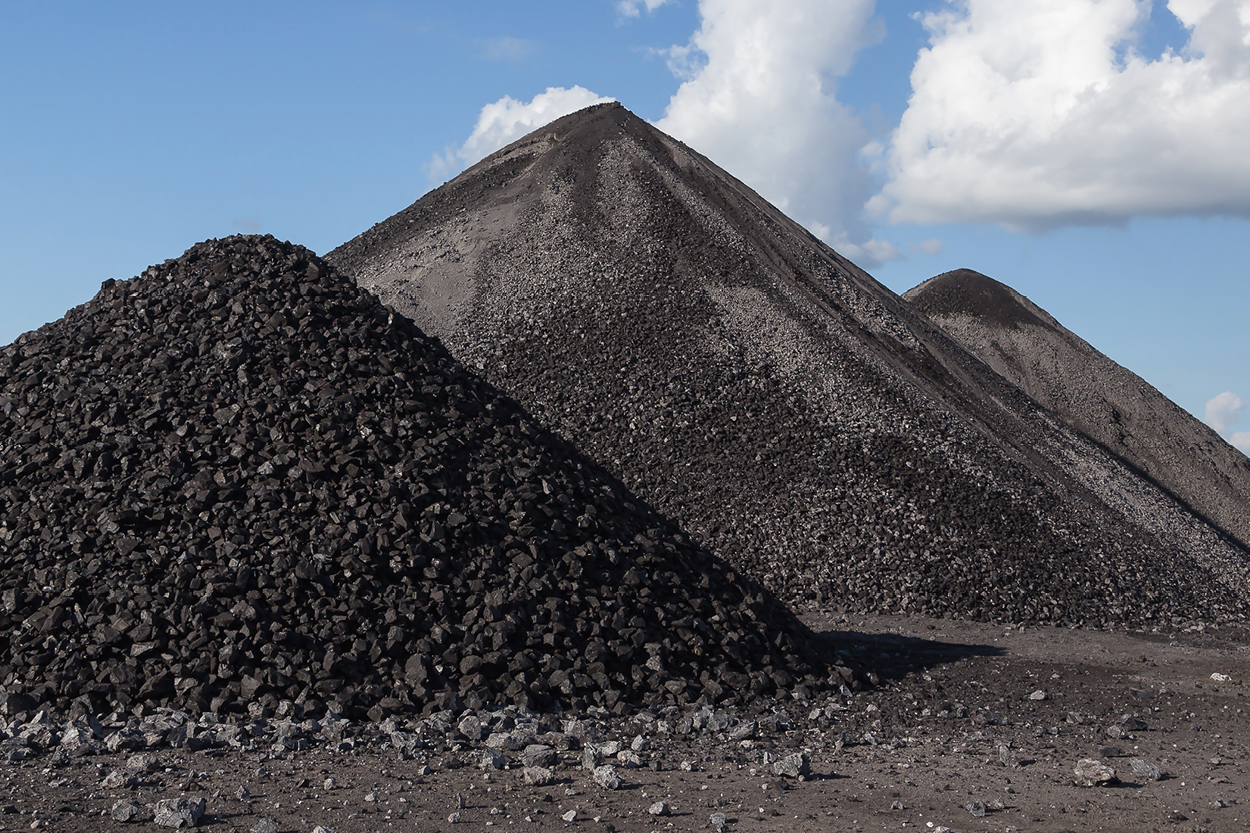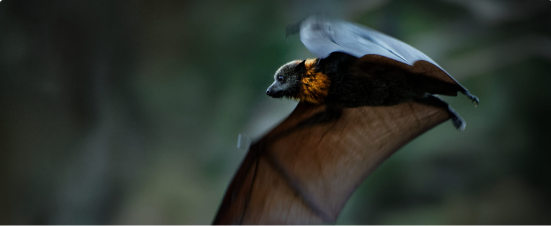Winchester South will worsen global overheating and hurt our wildlife
We’re representing clients, Mackay Conservation Group and the Australian Conservation Foundation, in a legal action that seeks the refusal of approvals required for Whitehaven’s Winchester South Coal Mine – the largest proposed new coal mine in Australia.
If the Winchester South Coal Mine goes ahead, every year for 28 years, 17 million tonnes of coal will be dug up and processed for export, eventually resulting in up to a staggering 583 million tonnes (CO2-e) of carbon pollution over its lifetime, on Whitehaven’s own estimate. That’s more than Australia’s entire annual emissions in 2022.
This case is centred on the devastating impacts of climate change in Queensland, with evidence from leading experts on the harm already experienced by Queensland’s people and precious wildlife from climate driven disasters.
Coal mines like this are a threat to our climate and our future, that’s why our clients have instructed us to take legal action to argue their objections to the mine and that approvals for the Winchester South Coal Mine should be refused.
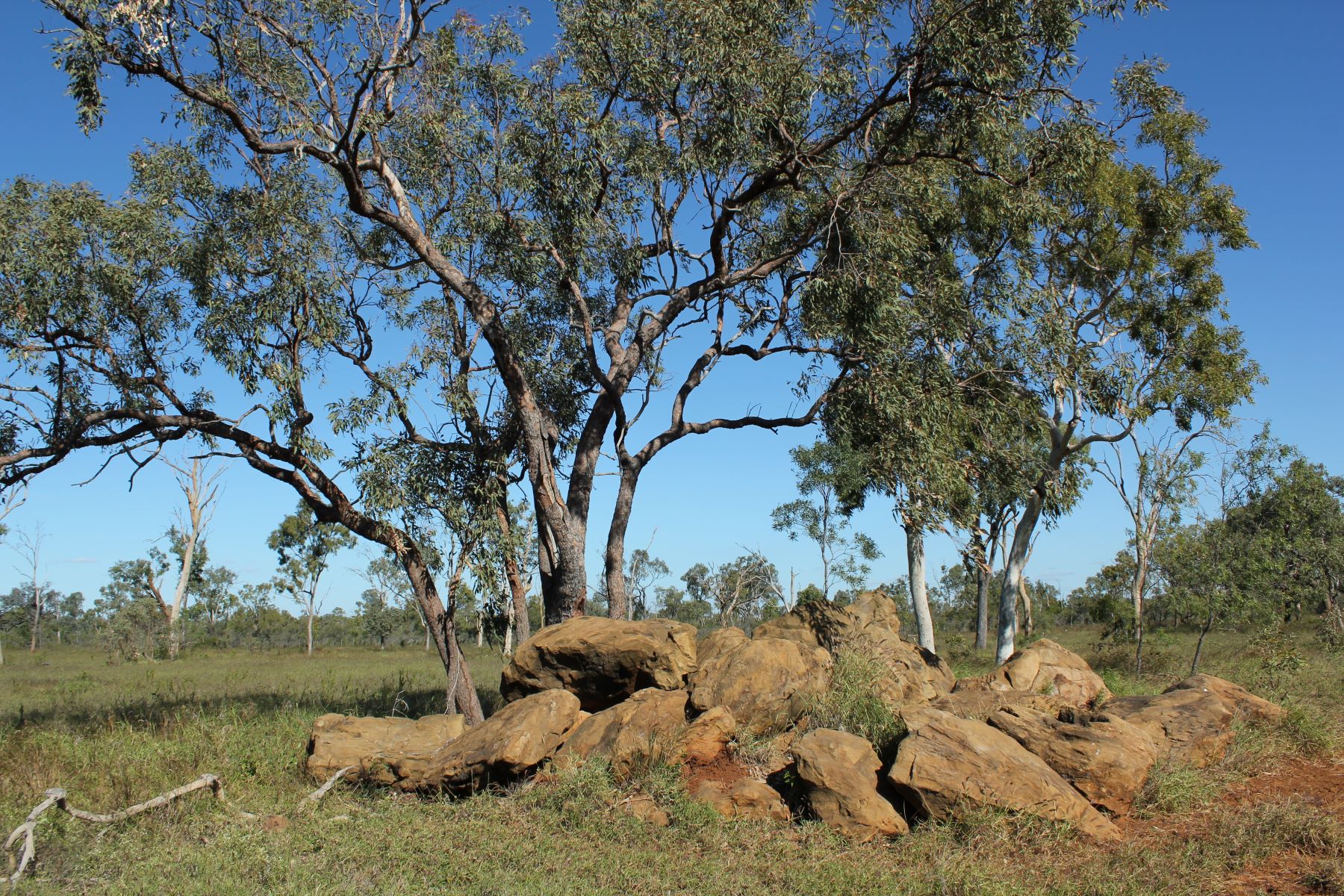

Our wildlife is too precious to kill for coal
The Winchester coal mine in Queensland’s Brigalow Belt will fuel habitat loss and could be an absolute disaster for endangered species including koalas, quolls, and greater gliders.
Whitehaven Coal plans to destroy at least 2,000 hectares of wildlife habitat to build its coal mine.
This includes destroying 169 hectares of koala habitat and more than 130 hectares of greater glider habitat. Habitat loss is one of the key factors pushing these much-loved Aussie icons closer to extinction.
Greater glider photo: – https://www.inaturalist.org/photos/62718767
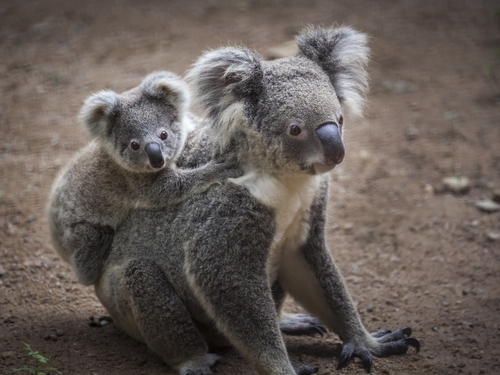
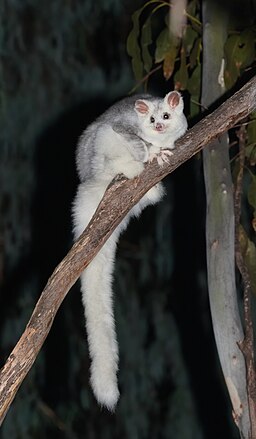
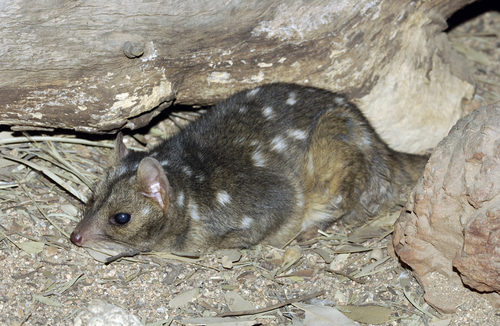
Help supercharge the legal defence of our climate and wildlife
Give todayWinchester South will drain precious groundwater, forever
The coal mine would dump polluted dam water into the Isaac River and could drain 280 million litres of precious groundwater every year. What’s more, Whitehaven has no plan to backfill two massive mine pits. These toxic voids will drain Queensland’s groundwater long after Whitehaven has abandoned the site.
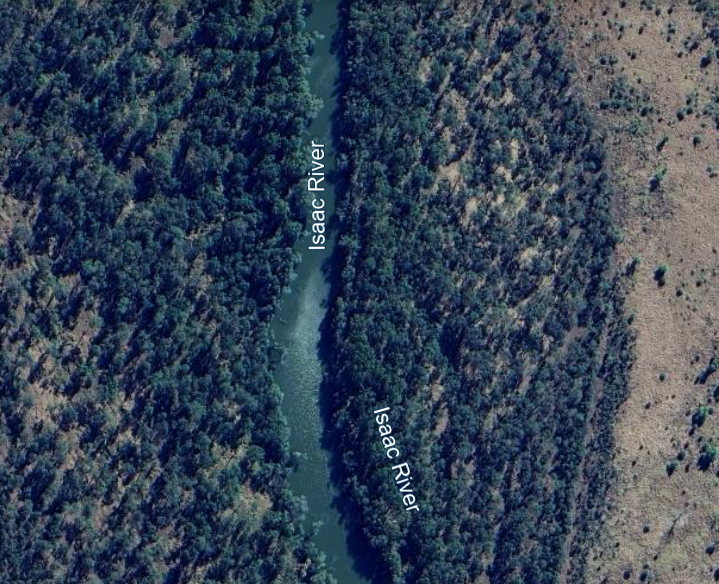
Support the legal fight for our climate, communities, wildlife and environment
Give todayTogether, we can use the law to protect our wildlife and make sure our community’s voice is heard in court.
By donating to EDO, you will supercharge the legal defence of our climate, communities and wildlife.
Legal action is one of the most effective tools for preventing the impacts of environmentally destructive projects like this one.
We have the expertise to help communities hold governments and the mining industry to account using the law, but we need the support of passionate people like you so we can assist them in their legal battles.
Your donation can help the brave communities we support to seek justice and make sure their voice is heard.



